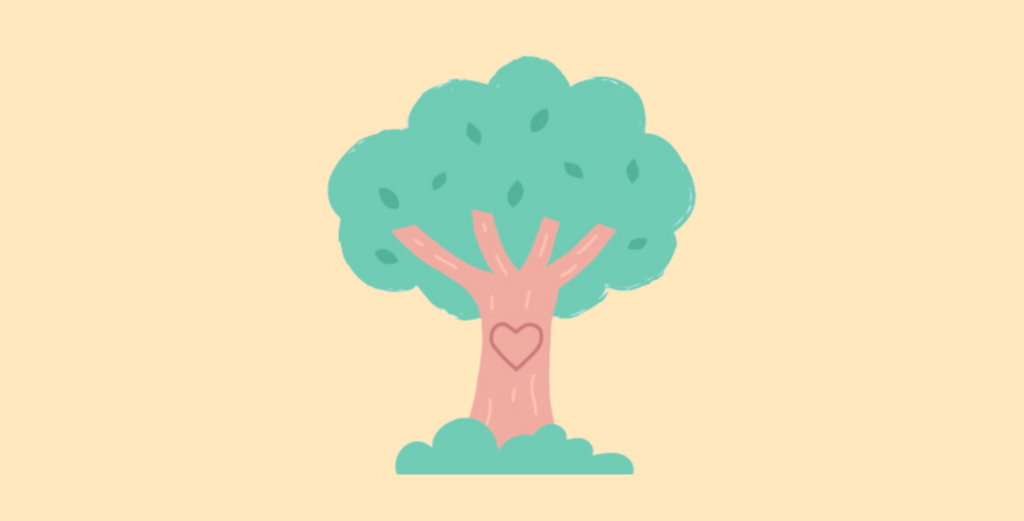
There is an easy way to help kids (and yourself) feel less stress, anxiety, depression and overwhelm. It’s free, doesn’t require a prescription, is readily available, and often overlooked. It’s a practice called forest bathing.
Forest bathing is the practice of being mindful within a natural setting. The term “forest bathing” is translated from the word “Shinrin-yoku”, the term used by the Japanese Ministry of Agriculture, Forest and Fisheries. Unlike the name suggests, forest bathing is not about taking a bath at all, but rather full immersion into nature. Forest bathing is based on three traditional Japanese concepts: yūgen, komorebi and wabi sabi.
While Japan may have coined the term we know as modern forest bathing, the practice has been done by ancient cultures for centuries as a way to connect to the earth and find restoration and healing.
In 1982, comprising these three ancient tenets, forest bathing was born as a way to reduce burnout from overuse of technology and urbanism. Then, in the 1990’s the practice was studied for the first time and the results suggested that this form of mindfulness was more than simply taking a walk outside.
According to research published in Environmental Health Preventative Medicine, a peer-reviewed medical journal, the practice of Shinrin-yoku, or spending quality time in nature, or a forest, has numerous benefits.
Some of the benefits of forest bathing include increased immunity, creativity, improved moods, and better, more restful sleep. In addition, participants in this study also experienced lower blood pressure, less pain, and reduced stress. The study found that forest environments induce “greater parasympathetic nerve activity, and lower sympathetic nerve activity than do city environments.”
In 2007, one study found that forest bathing was associated with reducing levels of cortisol, a stress hormone. Another study found that forest bathing could improve blood pressure and help regulate blood sugar levels.
In simple terms, the body rests and relaxes when you spend quiet, intentional time in nature.
Not exactly, although there are definitely some overlapping concepts. Mindfulness is the state of being consciously aware of something, by bringing attention to the present moment. On its own, mindfulness has several benefits, like reducing anxiety and improving attention. Forest bathing, on the other hand, was originally created to be practiced within a forest setting, which has its own set of benefits.
For example, forests are dense ecosystems that contain oxygen-rich air, which is beneficial to brain function. Many of the plants found in forests contain an organic compound called phytoncides, which when inhaled, can boost the immune system and decrease levels of stress. In addition, forests typically smell and look pleasing, which results in increased rates of happiness and boosted well-being.
So while the practice of mindfulness is certainly applied, forest bathing also relies on the benefits of forests themselves to promote its benefits.
As mentioned above, several of the benefits of forest bathing stem from being within this natural setting. But with over 56% of the world’s population living in urban environments, can forest bathing be practiced in different green spaces?
While some benefits are unique to elements found in forest-specific environments rather than urban parks, forest bathing isn’t exclusive to those who live near picturesque woodlands.
Research has shown that simply walking, even in urban settings, has benefits like lowering cortisol, boosting working-memory, and increasing positive mood. The benefits are even further enhanced when walking in an urban space is combined with the tenets of forest bathing, like bringing your attention to the nature around you, even if that nature isn’t a forest.
Forest bathing is a highly customizable practice that can be tailored to suit individual needs and preferences. But like any practice, there are some guidelines.
Absolutely! As a form of mindfulness, forest bathing is easily adaptable (and beneficial for children). Kids can focus and be in the presence of nature using their most dominant senses. Some children may focus on the color of the sky, the shapes of the clouds, and the colors of plants and flowers. Other children may find comfort in feeling the sun warm their skin, the wind in their hair or the textures of natural objects like stones, or the cool water of a stream. Hearing all the sounds in the silence, like birds, wind in the trees or the sound of moving water may be soothing to other children.
Like any meditation or mindfulness practice, you will need to guide children in this experience and do it with them. Kids often associate being outside with playing, so they may need to practice forest bathing a few times before they are able to be outside without feeling distracted. For some kids, settling quietly into nature will take more practice, especially for children who may struggle with attention or those with ADHD.
To help kids who find quiet times more challenging, guide them in developing a very slow walking pace where they can observe nature. You might tell them that in this time they will be a nature detective, noticing all they can in the world around them. Set a timer and when the time is up, ask them how many different sights, sounds, smells, etc., they noticed. In time, and with repeated exposure to the practice, children will come to appreciate forest bathing and even seek out the experience to do with you.
Like for adults, forest bathing should be incorporated into children’s weekly mindfulness routine. Even spending 15 minutes a day can result in positive changes, like decreased levels of stress and anxiety.
Forest bathing is a great way to help kids bring their attention to the nature around them. Wee Meditate teaches kids meditation and mindfulness skills, like forest bathing, in an engaging storybook world.
Need some inspiration? Our Guided Story Meditation, Bear Hugs a Tree, explores forest bathing in an engaging and kid-friendly way. Sign up for your plan today!

